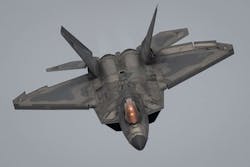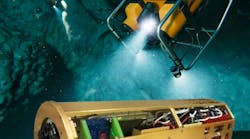WASHINGTON – Ever since the development of stealth technology for aircraft, many different systems have been advertised as “stealth killing.” The National Interest reports. Continue reading original article
The Military & Aerospace Electronics take:
18 March 2020 -- One of the more innovative solutions is the Russian Struna-1/Barrier-E bistatic radar system developed by NNIIRT, a division of the Almaz-Antey Joint Stock Company.
Almaz-Antey is the premier air-defense and radar manufacturer in Russia; they make the Tor, Buk and S-400 anti-aircraft systems, as well as their respective search radars.
The Struna-1 was originally developed in 1999. A further evolution of Struna-1, the Barrier-E system was later showcased for export at MAKS 2007. While it is not part of Almaz-Antey’s online catalog, it was shown alongside other radars at MAKS 2017. The system is rumored to be deployed around Moscow.
Related: The siren song of radar-evading stealth aircraft
Related: New frontiers in passive radar and sonar
Related: DARPA eyes bistatic sonar with UUV-based pingers to preserve stealth of attack submarines
John Keller, chief editor
Military & Aerospace Electronics



